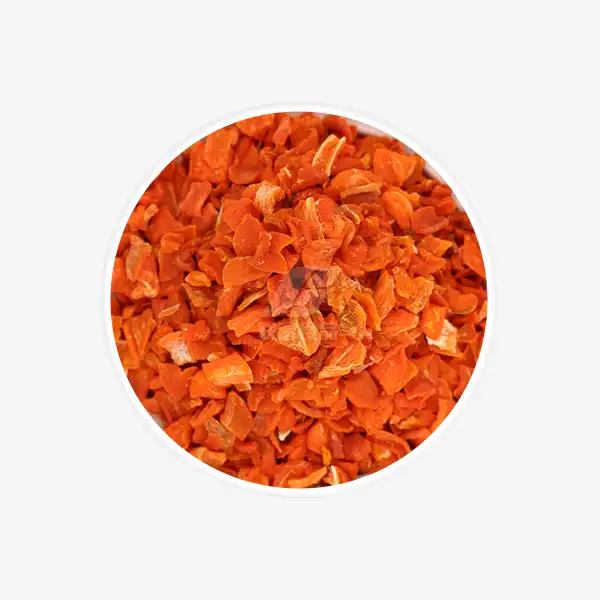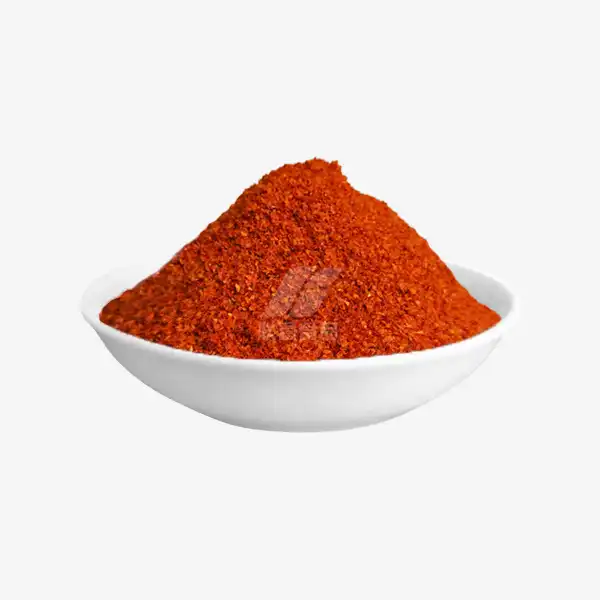Everything You Need to Know About Dried Bok Choy
Bok choy, a versatile and nutritious vegetable, has been a staple in Asian cuisine for centuries. Its crisp texture and mild, slightly sweet flavor make it a popular choice for stir-fries, soups, and salads. However, fresh bok choy can spoil quickly, which is why many people turn to dried bok choy as a convenient alternative. In this comprehensive guide, we'll explore the world of product, its benefits, and how to incorporate it into your cooking.
What Is Dried Bok Choy and How Is It Made?
Dried bok choy is exactly what it sounds like - bok choy that has undergone a dehydration process to remove its moisture content. This preservation method allows the vegetable to maintain its nutritional value while extending its shelf life significantly.
The process of creating dried bok choy typically involves the following steps:
- Harvesting and cleaning: Fresh bok choy is harvested at peak ripeness and thoroughly washed to remove any dirt or debris.
- Cutting: The bok choy is then cut into uniform pieces to ensure even drying.
- Blanching: Some manufacturers blanch the bok choy briefly in hot water to help preserve its color and nutrients.
- Drying: The prepared bok choy is placed in industrial dehydrators or sun-dried, depending on the manufacturer's methods. This process can take anywhere from a few hours to several days, depending on the technique used.
- Packaging: Once completely dry, the bok choy is packaged in airtight containers to prevent moisture absorption.
Benefits of Dried Bok Choy
Dried bok choy offers several advantages over its fresh counterpart:
- Extended shelf life: While fresh bok choy may last only a week or two in the refrigerator, dried bok choy can be stored for months or even years when properly packaged.
- Convenience: Dried bok choy is lightweight and doesn't require refrigeration, making it ideal for camping trips, emergency food supplies, or situations where fresh produce is not readily available.
- Concentrated flavor: The dehydration process concentrates the flavor of bok choy, which can add depth to soups, stews, and other dishes.
- Reduced food waste: By using dried bok choy, you can avoid the risk of fresh vegetables spoiling before you have a chance to use them.
- Year-round availability: Dried bok choy allows you to enjoy this nutritious vegetable even when it's out of season or not locally available.
How to Use Dried Bok Choy?
Incorporating dried bok choy into your cooking is simple and can add a nutritious boost to many dishes. Here are some ways to use this versatile ingredient:
- Soups and stews: Add it directly to your soup or stew during cooking. It will rehydrate as it simmers, absorbing the flavors of the broth.
- Stir-fries: Rehydrate the dried bok choy before adding it to your stir-fry. Simply soak it in warm water for 15-20 minutes, then drain and add to your dish.
- Salads: Crush dried bok choy into small pieces and sprinkle over salads for a crunchy, nutritious topping.
- Smoothies: Grind dried bok choy into a powder and add it to your smoothies for an extra nutrient boost.
- Seasoning: Use finely ground dried bok choy as a seasoning for rice, noodles, or other dishes.
Storage Tips for Dried Bok Choy to Retain Freshness
Proper storage is crucial to maintaining the quality and longevity of your dried bok choy. Follow these tips to ensure your product stays fresh and flavorful:
Choose the Right Container
Store dried bok choy in an airtight container to prevent moisture and air from compromising its quality. Glass jars with tight-fitting lids or vacuum-sealed bags are excellent options. Avoid using plastic containers, as they may absorb odors and flavors over time.
Keep It Cool and Dry
Store your dried bok choy in a cool, dry place away from direct sunlight. A pantry or cupboard is ideal. Avoid storing it near heat sources like ovens or radiators, as heat can degrade the quality of the dried vegetable.
Monitor Humidity
High humidity can cause dried bok choy to absorb moisture, leading to spoilage. If you live in a humid climate, consider adding a silica gel packet to the storage container to absorb excess moisture.
Check for Freshness
Regularly inspect your dried bok choy for signs of moisture or mold. If you notice any discoloration, off-odors, or visible mold, discard the entire batch to prevent contamination.
Rotate Your Stock
Use the "first in, first out" method when storing multiple batches of dried bok choy. Label containers with the purchase or opening date, and use older stock first to ensure you're always consuming the freshest product.
Avoid Cross-Contamination
Use clean, dry utensils when scooping out dried bok choy from its container. Moisture or contaminants from dirty utensils can introduce bacteria and reduce the shelf life of your dried vegetables.
Is Dried Bok Choy as Nutritious as Fresh Bok Choy?
Many people wonder if the dehydration process affects the nutritional value of bok choy. While some nutrients may be lost during the drying process, dried bok choy still retains a significant portion of its nutritional benefits.
Nutrient Retention in Dried Bok Choy
Dried bok choy maintains many of the nutrients found in fresh bok choy, including:
- Fiber: The dehydration process concentrates the fiber content, making it an excellent source of dietary fiber.
- Vitamins: Many vitamins, including vitamin K and some B vitamins, are well-preserved in dried bok choy.
- Minerals: Essential minerals like calcium, potassium, and iron remain largely intact during the drying process.
- Antioxidants: Many of the antioxidants present in fresh bok choy are retained in the dried form.
Nutrient Changes During Dehydration
While it is still nutritious, some changes occur during the dehydration process:
- Vitamin C: This heat-sensitive vitamin may be partially lost during the drying process, especially if heat is used.
- Water-soluble vitamins: Some water-soluble vitamins may be reduced, although the concentration effect of drying can offset some of these losses.
- Enzymes: Natural enzymes in fresh bok choy may be deactivated during dehydration, which can affect some of its raw nutritional properties.
Nutritional Density
It's important to note that dried bok choy is more concentrated than fresh bok choy due to the removal of water. This means that by weight, it may actually contain higher levels of certain nutrients compared to its fresh counterpart. However, you would typically use less dried bok choy in a recipe than fresh, so the overall nutrient intake may be similar.
Conclusion
Dried bok choy is a versatile and convenient ingredient that can enhance your culinary repertoire while providing valuable nutrients. Its long shelf life and concentrated flavor make it an excellent pantry staple for quick and nutritious meals. By understanding how to properly store and use it, you can enjoy its benefits year-round. For more information about product and other dehydrated vegetables, please contact us at qingzhengliu@jslianfu.com.
References
1. Zhang, Y., & Liu, X. (2018). Nutritional composition and antioxidant properties of fresh and dried bok choy (Brassica rapa subsp. chinensis). Journal of Food Science and Technology, 55(4), 1580-1587.
2. Wang, H., & Li, J. (2020). Effects of different drying methods on the quality and shelf life of bok choy. International Journal of Food Science & Technology, 55(3), 1267-1275.
3. Chen, L., et al. (2019). Comparative study on the nutritional value of fresh and dried bok choy. Food Chemistry, 286, 194-200.
4. Liu, R., & Sun, Y. (2021). Optimization of drying conditions for bok choy using response surface methodology. Drying Technology, 39(5), 678-688.
5. Tan, S., & Wong, C. (2017). Antioxidant properties of bok choy: Fresh vs. dried comparison. Journal of Agricultural and Food Chemistry, 65(31), 6544-6551.

_1729843393550.webp)









